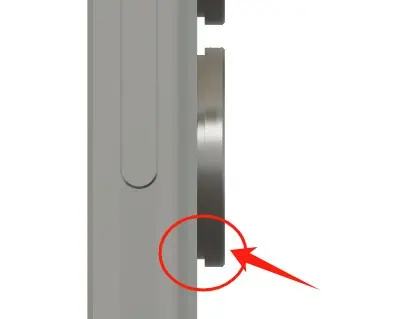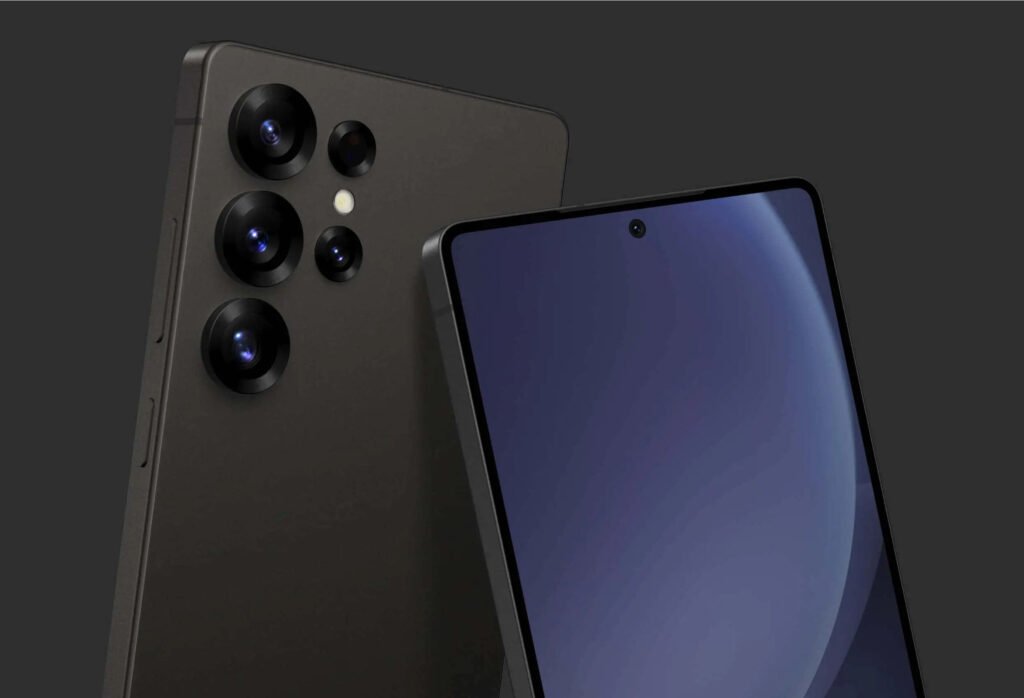Samsung’s upcoming Galaxy S25 and Galaxy S25+ are generating buzz, but not all of it is positive. According to recent leaks, the design of these models’ cameras may make them prone to attracting dust. This issue seems to be specific to the Galaxy S25 and S25+, as the Galaxy S25 Ultra will feature a different design.
Design Concerns
The information comes from Ice Universe, a well-known and reliable tipster, who shared an image on his Weibo page. The image reveals the new design of the rear cameras on the Galaxy S25 and S25+. Each camera module protrudes from the back of the phone, creating individual “islands” for each lens. This design choice, while visually striking, may lead to dust accumulation around the camera modules.

The design features two levels of width, with the top level being wider than the bottom. This layered structure could make it easier for dust to settle under the top level, complicating efforts to keep the camera area clean. The rationale behind Samsung’s decision to adopt this design remains unclear, but it is likely to pose a challenge for users who prioritize cleanliness and maintenance.
Camera Design and Dust Issues
The protruding camera modules are not a new concept in smartphone design, but the specific implementation in the Galaxy S25 and S25+ seems particularly susceptible to dust. The separate islands for each camera lens create small gaps where dust can easily accumulate. Over time, this could affect the performance and clarity of the cameras, as well as the overall aesthetic of the device.
Maintaining the cleanliness of these camera modules will likely require more frequent cleaning and attention from users. This could be a significant inconvenience, especially for those who use their phones in environments where dust and debris are common.

Release Timeline
Samsung is expected to launch the Galaxy S25 series in the first quarter of 2025, with a likely release in January if the company sticks to its usual schedule. The series will include the Galaxy S25, Galaxy S25+, and Galaxy S25 Ultra. All three models are anticipated to feature thinner bezels and high-end components, including a flagship processor.
The Galaxy S25 Ultra will have flat sides and slightly rounded corners, distinguishing it from the other two models. Despite the design concerns with the S25 and S25+, all three phones are expected to deliver top-tier performance and features.
High-End Specifications
As high-end devices, the Galaxy S25 series will come equipped with the latest technology and components. While specific details about the camera hardware are not yet confirmed, it is expected that Samsung will continue to use advanced sensors and imaging technology. However, based on recent reports, significant hardware improvements in the camera department may not be a primary focus for this generation.
The Galaxy S25 Ultra, in particular, is rumored to feature a 200MP primary camera, a 50MP ultrawide camera, and two 50MP telephoto cameras. These specifications suggest that Samsung is aiming to deliver exceptional photography capabilities, even if the design of the S25 and S25+ cameras presents some practical challenges.
User Experience and Maintenance
For users, the potential dust issue with the Galaxy S25 and S25+ cameras could be a notable drawback. Keeping the camera modules clean will require regular maintenance, which may not be ideal for everyone. This design choice could impact the overall user experience, particularly for those who frequently use their cameras or work in dusty environments.

Samsung’s decision to implement this design may be driven by aesthetic considerations or technical constraints, but it will be important for the company to address these concerns in their marketing and support materials. Providing users with clear instructions on how to maintain their devices and keep the cameras clean could help mitigate some of the potential issues.
The upcoming Galaxy S25 and Galaxy S25+ are set to be powerful and feature-rich smartphones, but their camera design may present a challenge for users. The protruding camera modules and layered design could make these devices prone to dust accumulation, requiring more frequent cleaning and maintenance.
As Samsung prepares to launch the Galaxy S25 series in early 2025, it will be interesting to see how the company addresses these concerns and whether they impact the overall reception of the devices. Despite the potential drawbacks, the Galaxy S25 series is expected to deliver high-end performance and advanced features, continuing Samsung’s tradition of innovation in the smartphone market.
With the official launch just a few months away, more details about the Galaxy S25, S25+, and S25 Ultra will likely emerge, providing further insights into their design, features, and capabilities. For now, the leaked information offers a glimpse into what users can expect from Samsung’s next-generation flagship smartphones.






